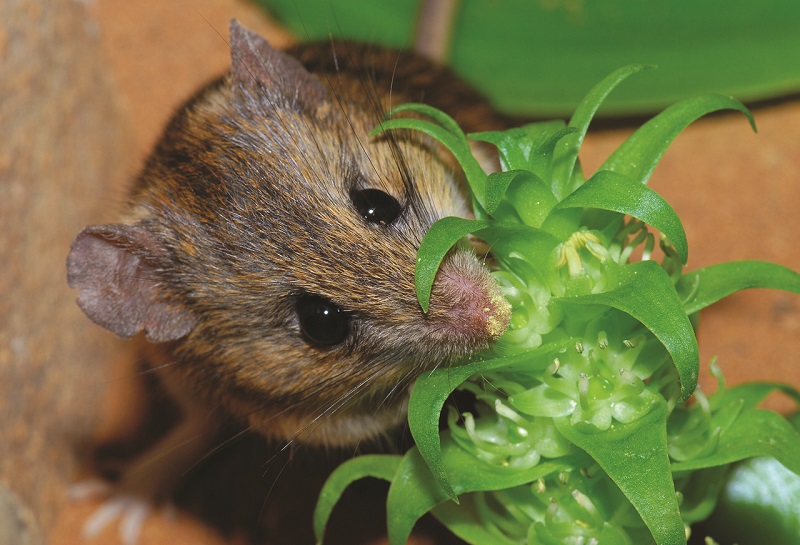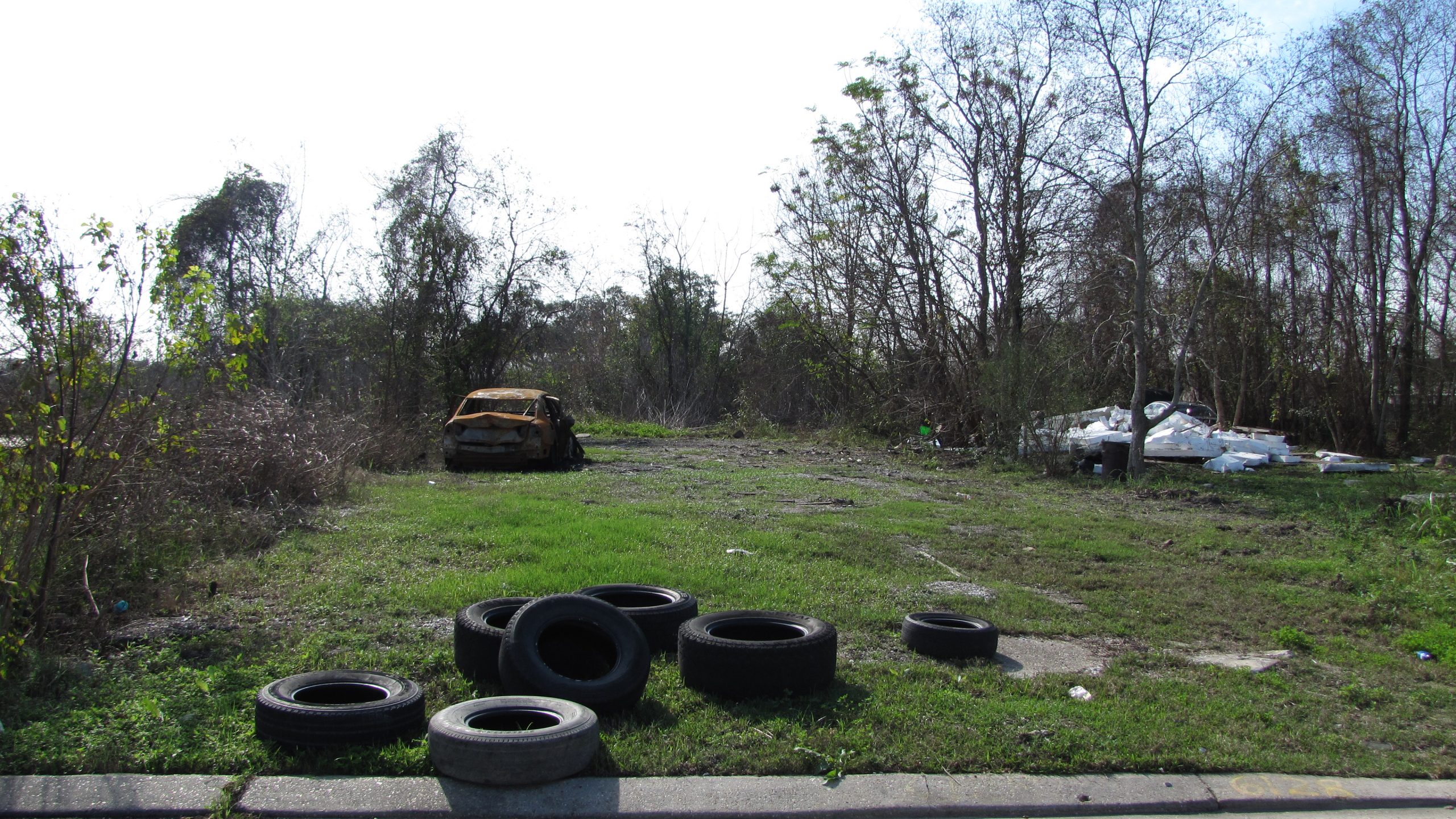
The Big Picture: What Sustains Biodiversity
Guest post originally published by NCEAS. The synthesis working groups described in this post were funded in 2016 and 2017. The LTER Network Office recently released a new call for synthesis proposals with a deadline of October 23. Eligibility is not limited to members of the LTER Network, although the synthesis must draw on LTER data. Find complete information and…









